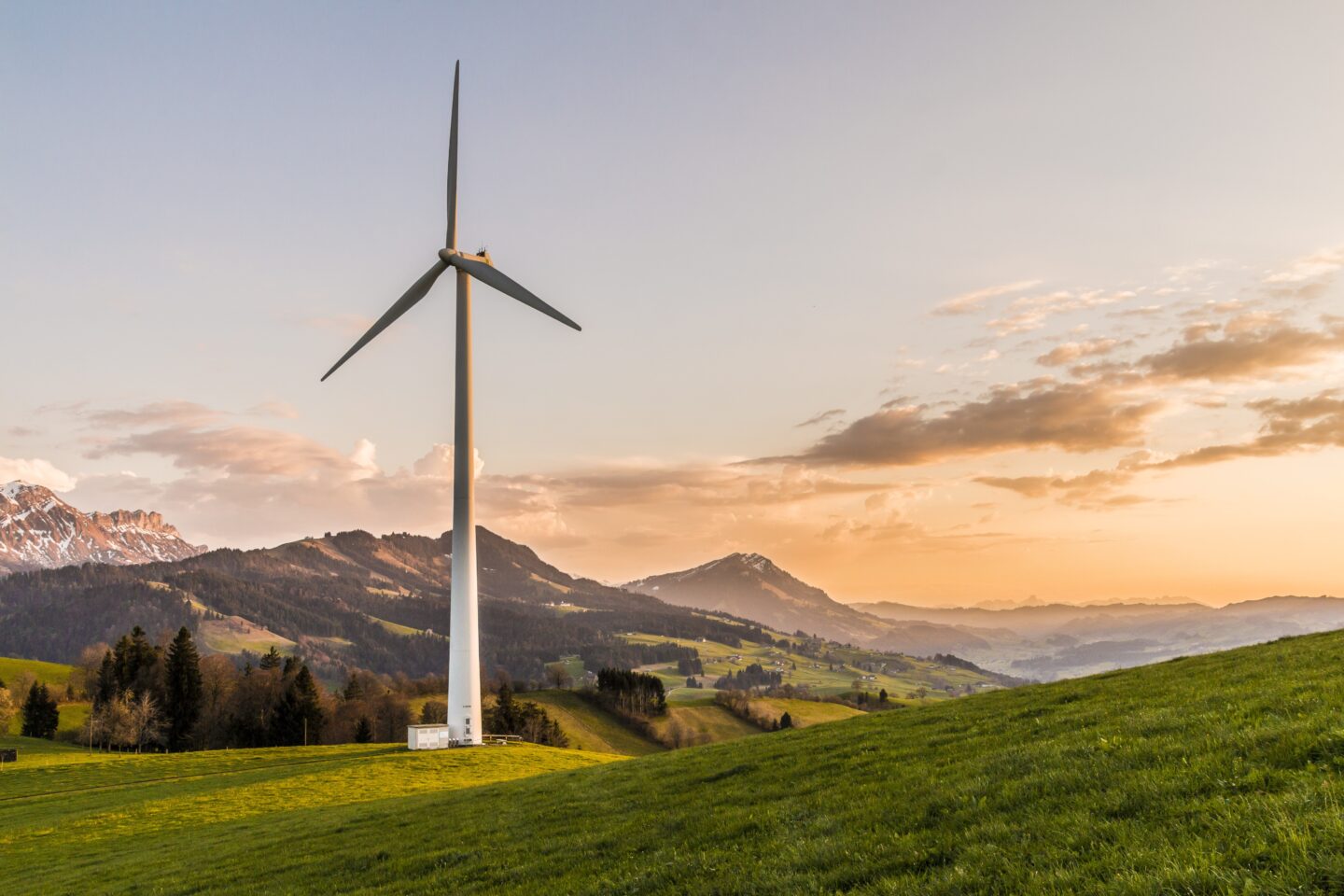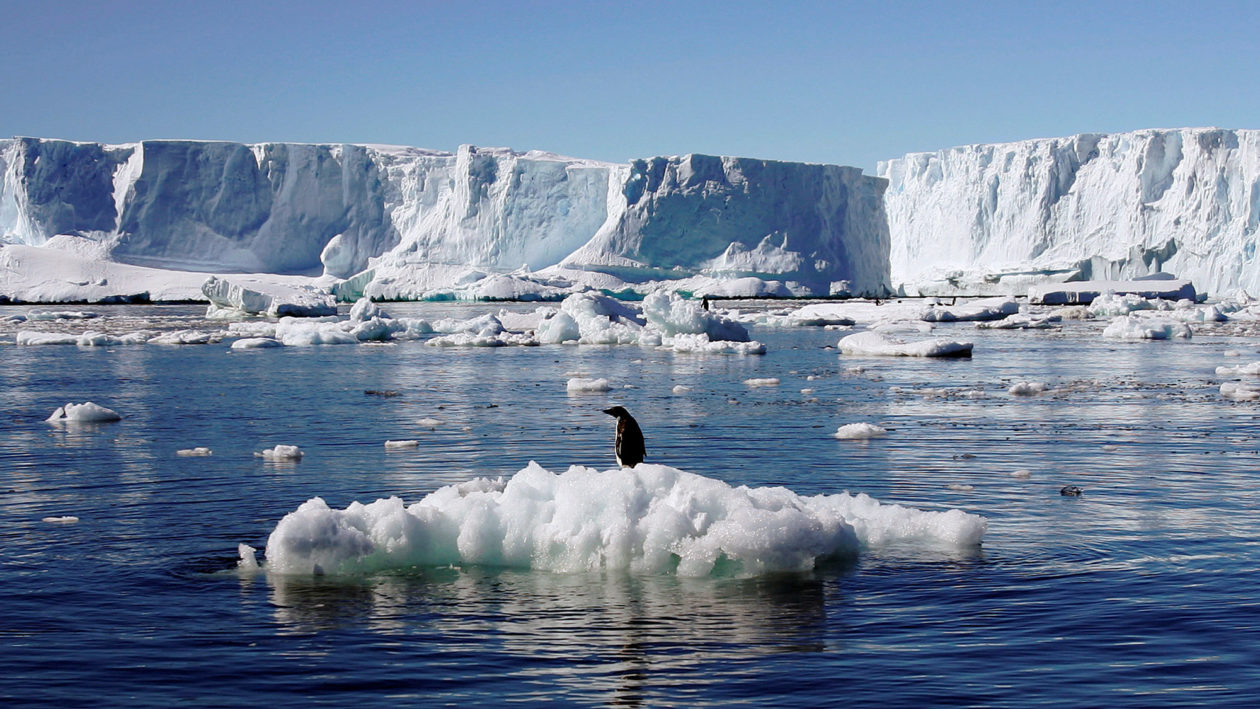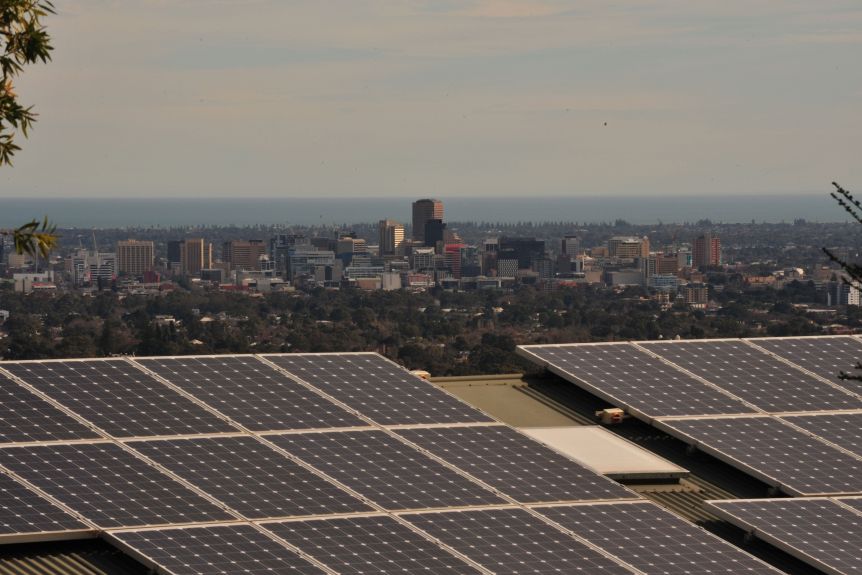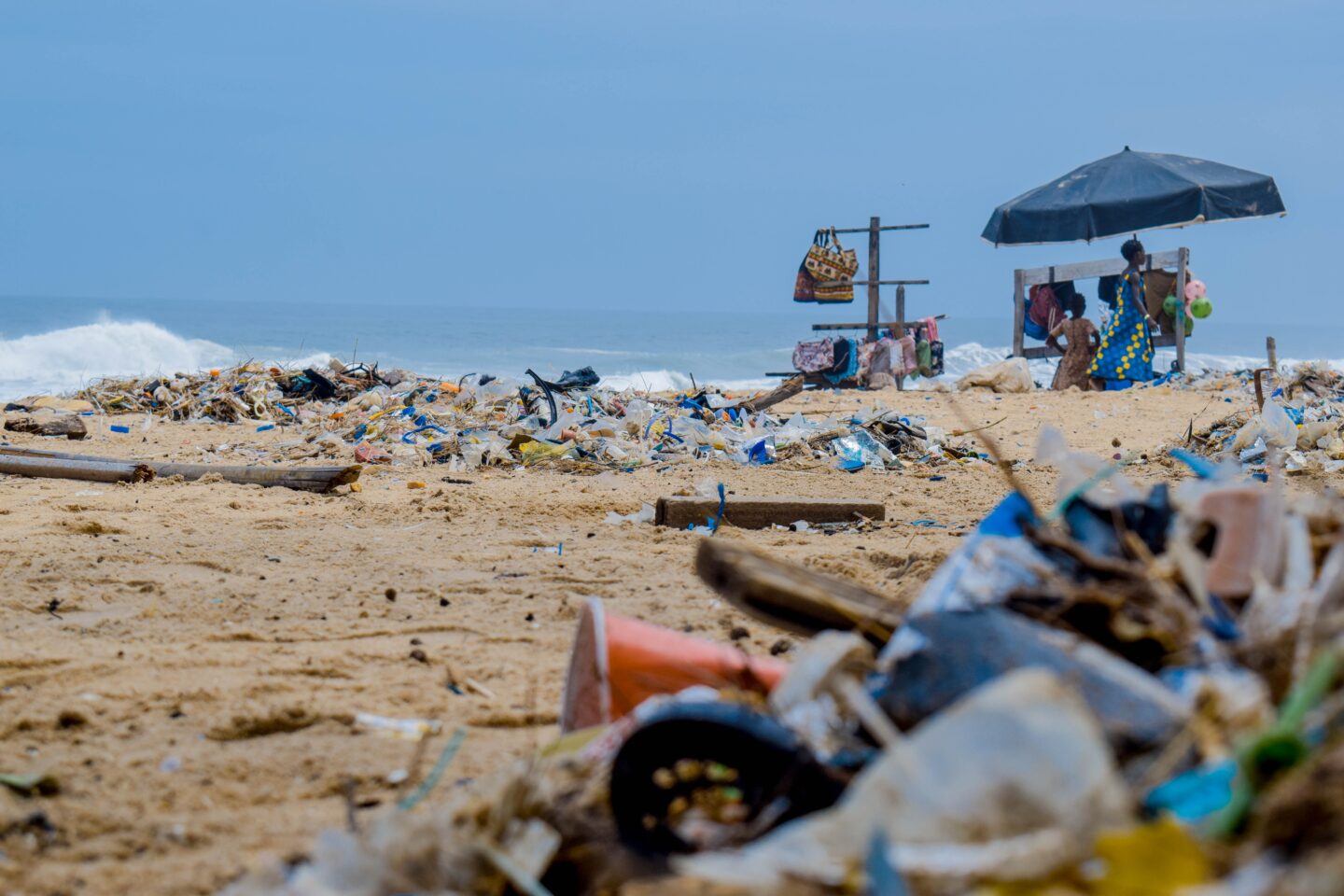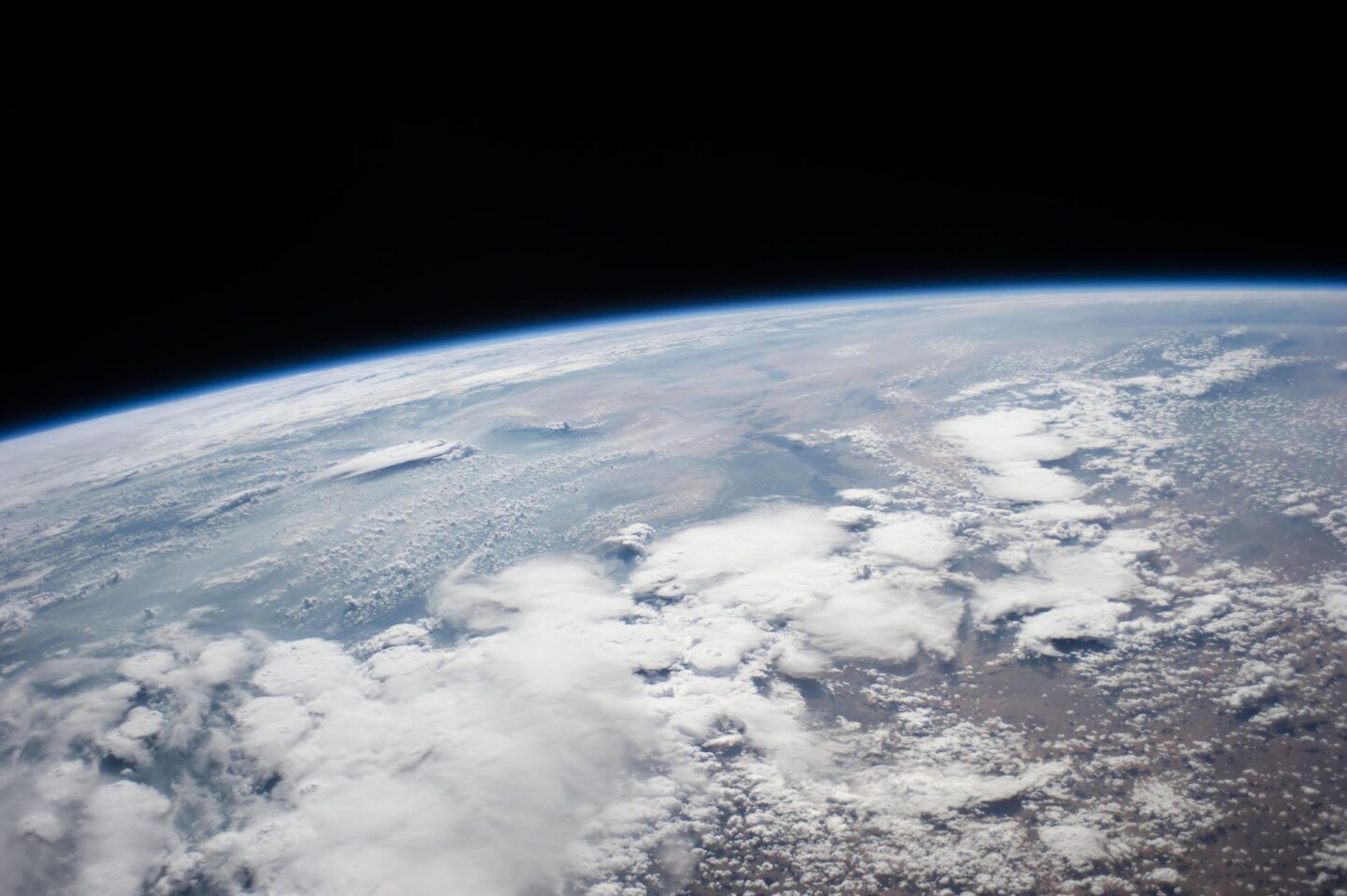Author: Camellia Moors ‘22
Welcome to our post-Dean’s Date Good News Friday! If finals are making things seem a little bleak, here’s some positive news to get you through the week:

1. Princeton University Expands Solar Power: In April 2019, Princeton released a Sustainability Action Plan with the goal of reaching net-zero greenhouse gas emissions by 2046. This week, the university came one step closer to that goal by announcing it would install eight new solar array projects. These panels are in addition to the solar field near campus that has been in operation for nearly a decade. The new projects are expected to triple the generating capacity of Princeton University’s solar farms from 5.5% to 19% of campus electricity use.

2. Scientists Regrow Coral Reefs: Members of the organization Raising Coral Costa Rica are using coral samples to reconstruct damaged reefs. By breaking off coral samples, growing them in a nursery, and then reintroducing them into their natural environment, the scientists can study how corals can be more resistant to climate change while simultaneously reconstructing depleted reefs.

3. Building Homes From Recycled Plastic: United Nations-Habitat has partnered with the startup company Othalo to build houses from recycled plastic waste in Kenya. The project aims to quickly and sustainably help solve Kenya’s permanent housing deficit. The first factory to produce building materials for the homes is expected to open next year.
That’s all for this week! Join us next time for another roundup of good news. Until then, take a look at our previous Good News Friday editions and contact us if you have any good news you would like to share!


